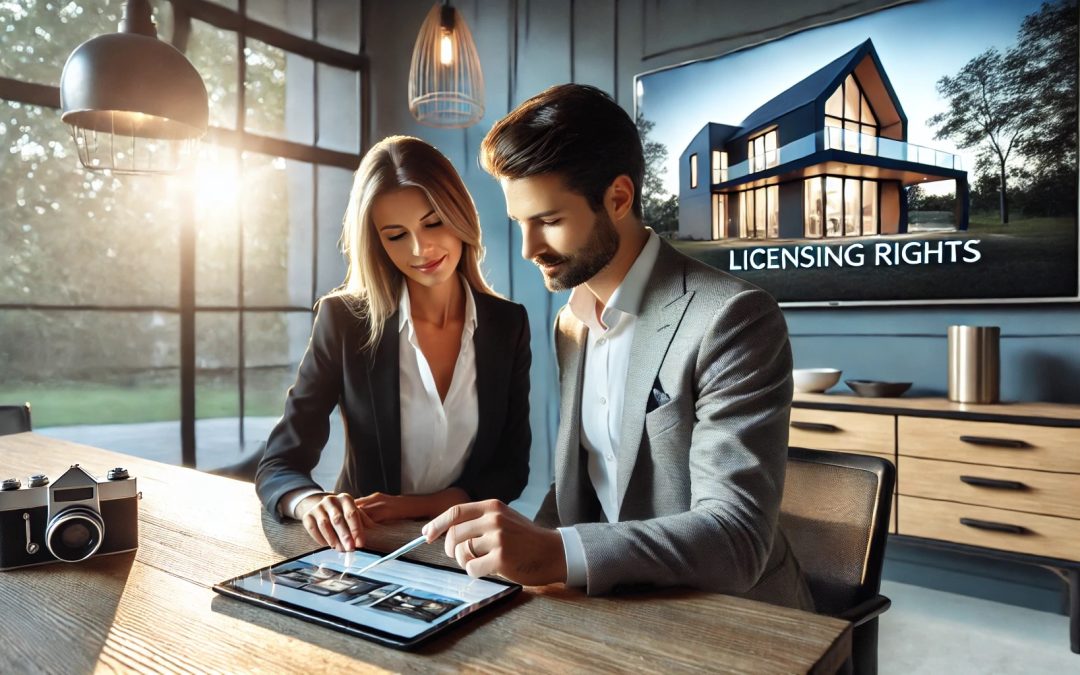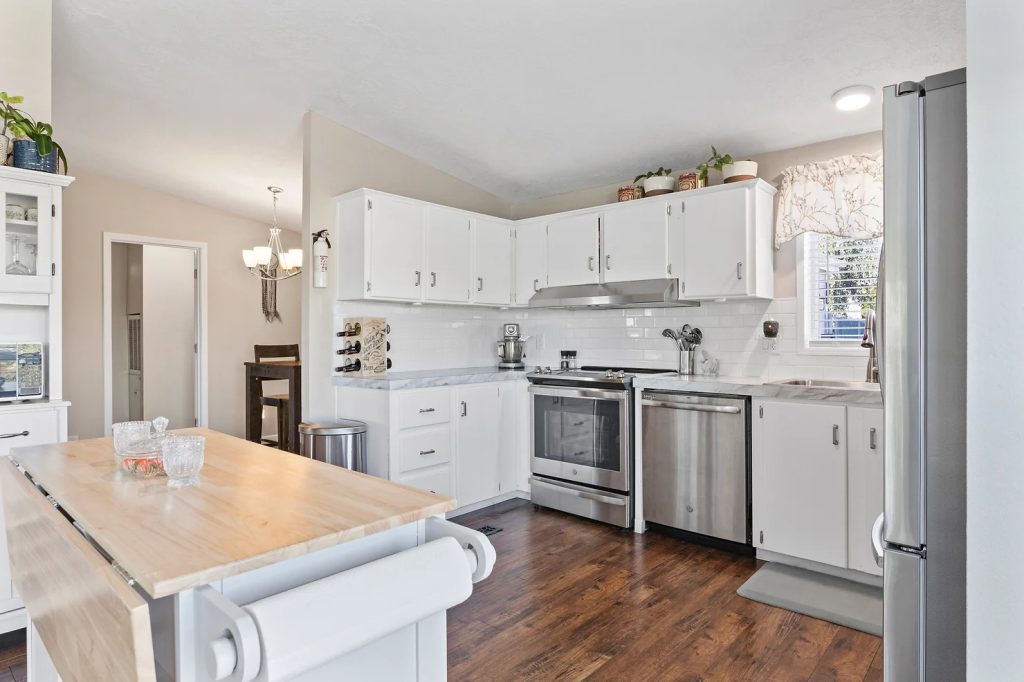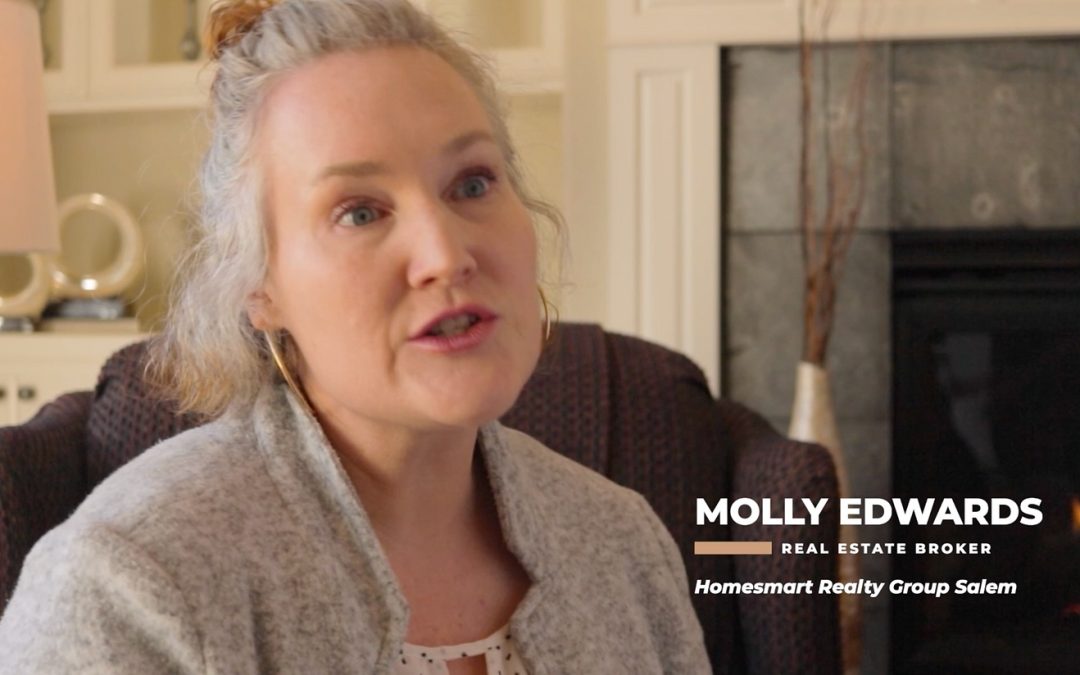
Innovative Real Estate Marketing: Capturing Buyers’ Attention in a Digital Age
You can do dozens of things to create a buzz for a new listing: social media, staging (virtual or physical), professional photography and videography, and more. We recently sat down with Molly Edwards of HomeSmart and quizzed her on how she uses a cohort of professionals to make her listings stand out.
Video Transcript:
(:00 – Narrator): When professionally capturing real estate photography, what does it really take to transform a house into a home? What does it really take to sell a home quicker and for the highest possible price? How proficiently you proceed as a professional real estate photographer and successful real estate broker is primarily dependent upon your process technique and creative vision.
Let’s consider the three imperatives: process, technique and creative vision in the context of real estate photography and real estate marketing. In this presentation of professional teamwork, real estate photographer Tim Patterson of Salem Realty Media explains how he proceeds when capturing stunning real estate photography, and real estate broker Molly Edwards of HomeSmart Group Salem shares some of her best practices when developing and implementing her real estate marketing strategy.
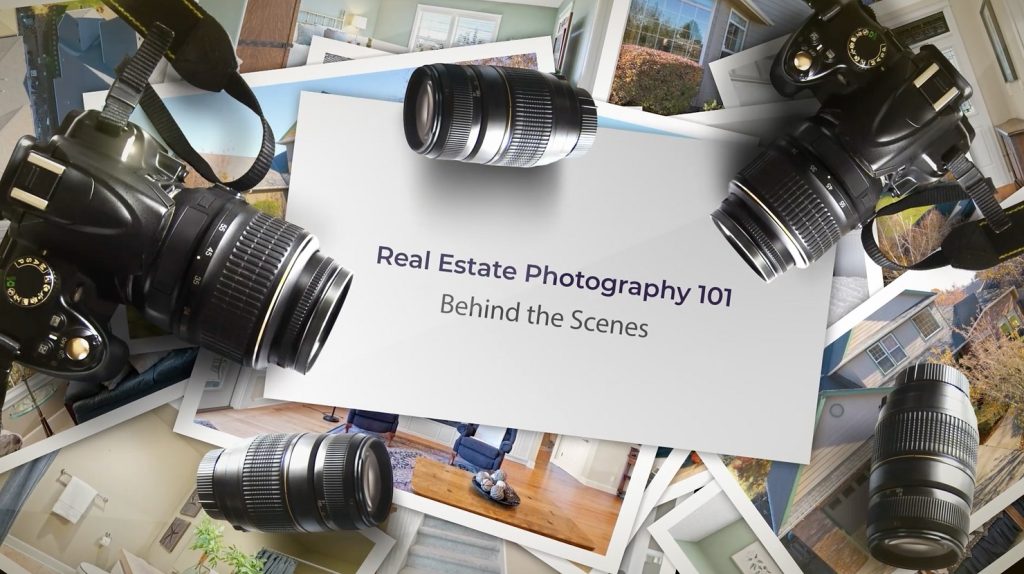
First, we begin with the process. In real estate photography and real estate marketing, the process is a systematic series of steps designed to transform a property into an appealing home. This involves organized planning, coordination, and execution, from understanding client needs and property features to the final delivery of marketing materials. Tasks include scheduling, property assessment, photography, sessions, editing, and the development of marketing strategies. A well-structured process ensures efficiency and consistency, contributing to the successful presentation of a property as a desirable home.
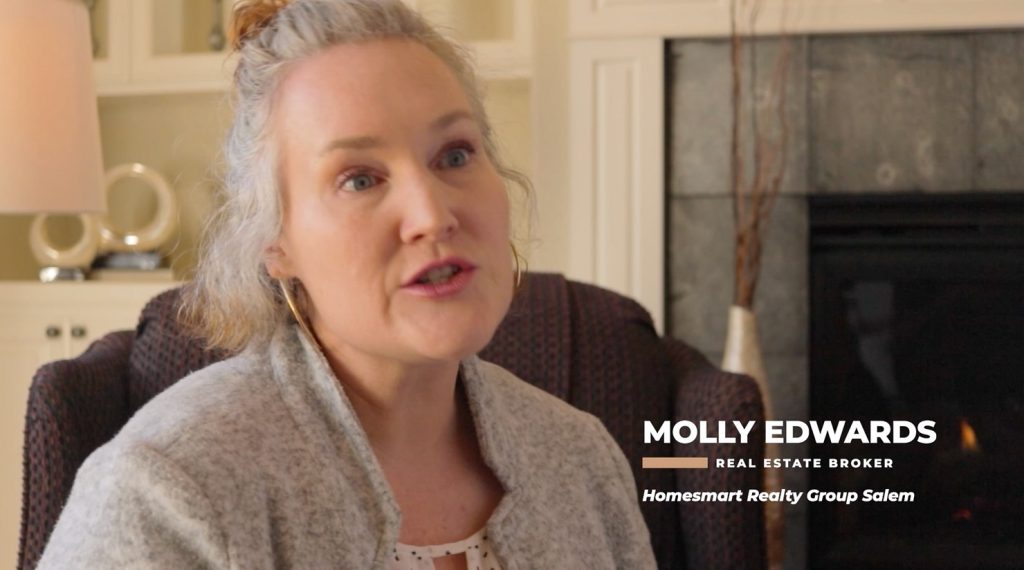
(2:09 – Molly) I find integrating professional photography and videography in my marketing plan is essential to bringing in the most interest in a property and helping my sellers get the most value they can when selling their home. 70% of home buyers are finding their next property online. So it’s very important for me to put their home in the best light possible from the get-go. So that means having the professionals take care of the photography, the drone footage, the videography so that people can get a real sense of what that home looks like from outside to inside the neighborhood that it sits in and so forth. It’s so important.
(3:00 – Tim) I’ve owned my own business for over a dozen years, and my philosophy has always been, if the client looks good, I look good, no matter who that client is, whether it’s a marketing person for a big company or whether it’s an agent that’s trying to sell a new home. So I wanna make sure they look good. And the way I do that is focus on what makes the home special when I’m shooting real estate photography.
(3:22 – Narrator) Next, we consider technique in real estate photography and real estate marketing technique is the artful application of methods to showcase properties optimally. This involves mastering the technical aspects of photography, such as composition and light and utilizing post processing for effective feature highlighting. Beyond photography, technique extends to understanding the target audience, selecting suitable promotional channels and leveraging digital tools for maximum effect. Successful real estate professionals, especially photographers, must adeptly balance technical finesse with strategic marketing elements to create compelling visual content that resonates with potential buyers.
(4:15 – Molly) I have noticed that visual tools such as floor plans and video walkthroughs have become so important, especially post-COVID. And during COVID, we saw a lot of people moving during that time and a lot of people starting to be able to work from home. So location, where they were living, didn’t necessarily need to be close to their workplace. So we’ve seen a lot of migration during that time and we’ve seen a lot of people buying from out of state. And depending on their travel, what they’re able to do, not everybody is able to get into a property to tour it in person. So having floor plans and video walkthroughs is a very important piece of the marketing plan so that more people can see that property and get a sense of what it feels like without even having to step foot into it.
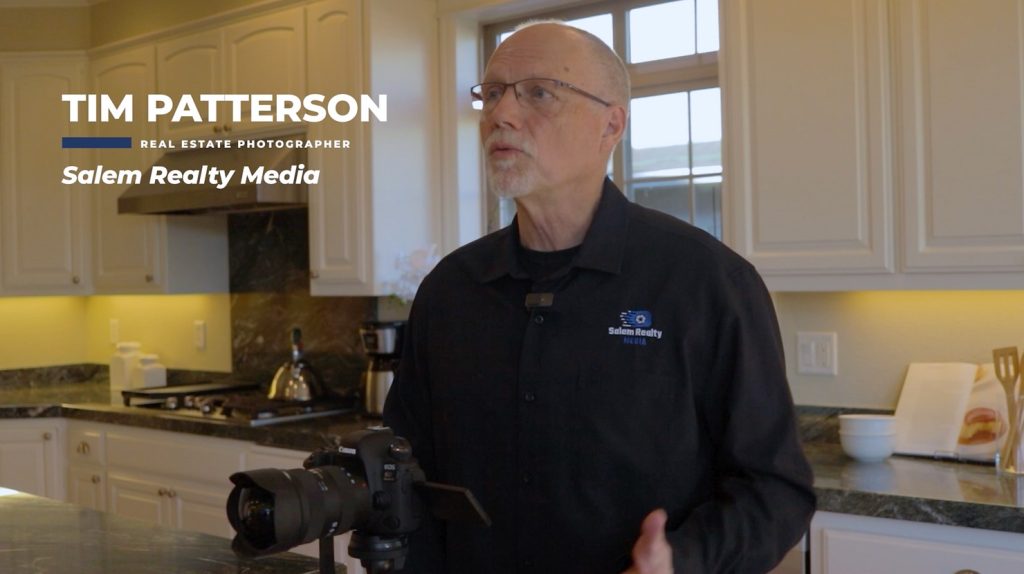
(5:08 – Tim) In my work with real estate agents over the last 18 months or so, I find that I ask them, ‘what do you like?’ And answers are not the same as you might imagine. But what’s kind of common is that most people like a very straight up and down vertical line and very straight horizontal lines. So that’s one of the goals and you have to set up your camera and there’s a couple of things, there’s a leveler on the camera that I always set and then, I want to make sure that I’ve got the, the height right. And it’s a, uh, my waist height or a little bit, uh, more than that, that’s the perfect height. Too high and everything looks distorted, too low, everything looks distorted. So that’s kinda how I start the setup of taking pictures at a, at a home.
(5:46 – Narrator) And finally, we focus upon creative vision. Creative vision in real estate photography and real estate marketing is the artful perspective that transcends the mere capture of physical attributes. It involves making imaginative choices to telling a compelling story about a particular property. Photographer Tim Patterson and Broker Molly Edwards, utilized creative vision to highlight a living spaces, warmth, showcase unique property characteristics, and convey an aspirational lifestyle to potential buyers. This distinct creative approach adds a memorable quality to marketing materials, setting them apart in the competitive real estate markets.
(6:36 – Molly) I try to bring a higher level of professionalism to all of the work that I do, whether it be with a listing or with a buyer. But on my listing side, in particular, I like to pull on my team and part of my team is a professional photographer and videographer as well as an interior designer/stager. I find that using are pulling on these professionals to help bring everything togetherrteally elevates the listing itself and helps it sell for more. So I will bring in a interior designer to walk through the home at my expense and go through room by room to give suggestions and make tweaks to how the home is set up currently. I can also then hire that same designer to bring in supplemental staging pieces that will photograph really well and make the home appeal to a wider audience. So I feel like doing those things and having those team members to help boost my, what I do, the product that I put out really helps my seller in the long run.
(7:49 – Tim) I wanna make sure I ask the agent if there’s anything special about the house and often, especially in older houses, there are details such as door handles or, or cupboard pulls that are, are unique to that house very old, for instance, but they look great on camera. Other things might be uh a backyard barbecue or something like that or a built in pool. Those types of things. Uh They wanna make sure they call them out and get a good picture of those as well. So I make sure to ask the agent to give them what they really want to serve them the best as I can.
(8:22- Molly) I always look for potential obstacles that a listing may present when I’m marketing it to the public. So a recent example of a property that presented with some obstacles up front was a beautiful home that was located on a busy street. It was located on a busy street with traffic at all hours. Plus it had a very steep driveway. Both of those things could be potential barriers to selling a home. So it just makes it that much more important that I focus on all of the positives that the home has to offer and the potential that it holds for potential buyers. So in that case, what I did was I pulled on my interior designer right away. We emptied the house of the owner’s contents. We brought in beautiful staging materials that would appeal to a mass audience. And then of course, I used my professional photographer to take top-notch photos and video and that really just helps market the property and gets more buyers in to see it. If people just get stopped at an obstacle and don’t give the property the opportunity that it deserves, then it’s going to be so difficult to sell that home for what it’s really truly worth. I felt like bringing in staging material curtains, rugs, different textiles, really helped dampen the noise of the street traffic and so forth. And I think that helped quite a bit. We had steady showings, steady interest and were able to sell the home successfully, despite what could have been something that deterred buyers.
(10:16 – Tim) Every home is different. Some homes which are great are unoccupied and staged, and those are the easiest homes to shoot. But there are certainly homes, uh, that I’ve shot that, uh, the family was still there. The dog was running around, kids were running around and they’re, they’re certainly aware that there’s a photographer there. But, you know, and I’ve been to homes where they’ve, uh, ready to move out, there’s plastic bags everywhere. So I’ve had to spend time moving everything out of a shot and then taking a shot and then moving everything back so I can take another shot. So every home is unique and it’s just I think flexibility about making sure you get the best shot you can under the circumstances is probably the challenge that a lot of real estate photographers and if they can manage that, then they’re going to do a good job.
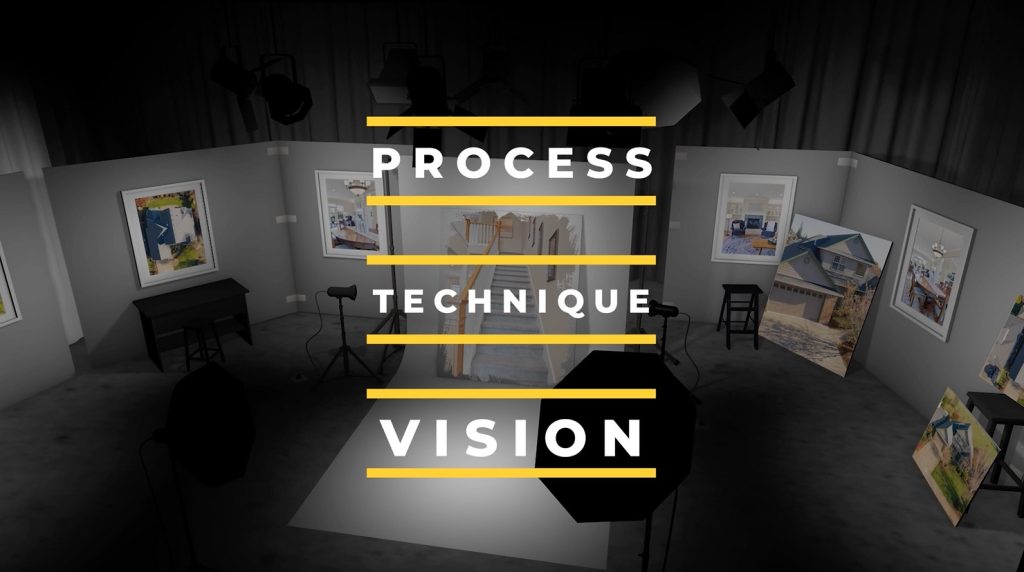
(10:59 – Narrator) The synergy of process technique and creative vision is key to transforming a house into a home through real estate photography and real estate marketing, professional, real estate photographer Tim Patterson’s meticulous process seamlessly aligns with real estate Broker Molly Edward’s strategic marketing, emphasizing that success hinges on their collaborative efforts. This dynamic partnership, rooted in the photographer’s creative lens and the broker’s market expertise, not only enhances individual proficiency but elevates the industry’s impact. Recognizing the paramount importance of teamwork, these two professionals collectively create a comprehensive and immersive experience, turning properties into emotionally resident homes that speak to the aspirations of prospective buyers.
Thanks to Tony at Aerial Northwest for the video production and narration and for being one of the finest drone pilots around. And thanks to Molly Edwards for putting up with us. 😁


